Cockapoo Training: A Comprehensive Guide for Enthusiasts
Welcome to the exciting world of Cockapoo training, an engaging journey that will strengthen the bond between you and your furry companion. Cockapoos are a delightful hybrid breed, known for their intelligence, sociability, and loving nature. Proper training is essential to help your Cockapoo reach their full potential and become a well-rounded, well-behaved member of your family. In this comprehensive guide, we will explore various aspects of Cockapoo training, from understanding the breed’s background and characteristics to advanced obedience, agility, and therapy dog training.
Understanding Cockapoos
Cockapoos are a popular hybrid dog breed that has captured the hearts of many dog lovers worldwide. Their affectionate, friendly, and intelligent nature makes them an excellent companion for families, singles, and seniors alike. To better understand and train your Cockapoo, it’s essential to know their history, characteristics, temperament, and common health issues. This comprehensive guide will help you familiarize yourself with all aspects of this fantastic breed.Cockapoos, also known as Cockerpoos or Cockapoos, are a crossbreed between the Cocker Spaniel and the Miniature or Toy Poodle. The first known Cockapoo breeding dates back to the 1960s in the United States. The breed quickly gained popularity for its low-shedding coat and loving temperament.Cockapoos can vary in size, color, and coat type due to their mixed-breed lineage. They generally weigh between 12 and 24 pounds and stand 10 to 15 inches at the shoulder. Their coat can range from tight curls to loose waves, with many different color combinations, including cream, black, white, chocolate, and red.Cockapoos are known for being friendly, affectionate, and loyal companions. They enjoy spending time with their families and are excellent with children, making them great family pets. Due to their intelligent nature, they can quickly learn new tricks and commands, making them highly trainable. Cockapoos are amicable dogs and get along well with other pets when appropriately socialized. They are also people-oriented and enjoy meeting new people. Separation anxiety can be an issue for Cockapoos, as they tend to bond closely with their families and may become anxious when left alone for long periods.Begin training your Cockapoo as early as possible to develop good habits and a well-behaved dog. Socialization, basic commands, and house training should start when they are puppies. Cockapoos respond well to positive reinforcement training techniques, such as praise and treats. Stay consistent and patient while training your Cockapoo, and you’ll be rewarded with an obedient and loving companion. If your Cockapoo is dealing with separation anxiety or other behavioral issues, consider consulting with a professional dog trainer or enrolling in obedience classes to address the problem early on.Understanding your Cockapoo’s history, characteristics, temperament, and common health issues will ensure a happy and healthy relationship with your lovable companion. As with any dog breed, proper training, socialization, and care are crucial to raising a well-rounded and happy pet. By educating yourself about the Cockapoo breed, you’ll be better prepared to make informed decisions and provide the best possible environment for your four-legged friend.
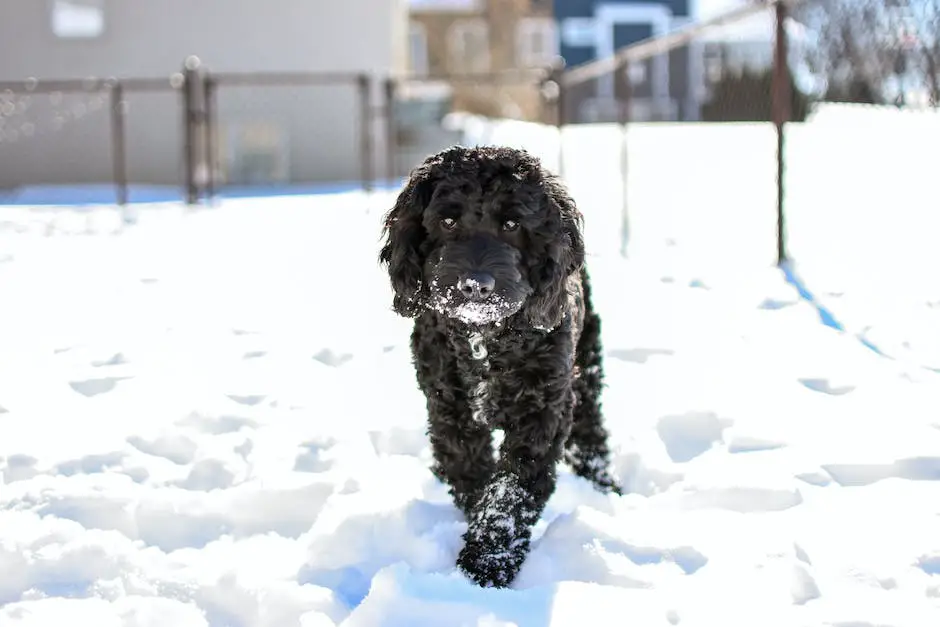
Setting the Foundation
Title: Setting the Foundation for a Well-Trained CockapooAs a Cockapoo enthusiast or hobbyist, you understand the importance of properly training your beloved canine companion. This guide will help you lay the foundation for effective Cockapoo training by introducing the essential elements of crate training, potty training, and socialization.Step 1: Choosing the Right Training Supplies- Select a crate that is large enough for your Cockapoo to stand, turn around, and lie down comfortably, but not too spacious that they may use a corner for eliminating.- Purchase a leash and collar or harness suitable for your Cockapoo’s size.- Gather training treats and toys that your Cockapoo loves, to be used as positive reinforcement.Step 2: Establish a Routine- Create a consistent daily routine to help your Cockapoo understand their schedule for playing, eating, and resting.- Be patient and consistent with your training schedule; understand that it may take time for your dog to fully grasp new commands and behaviors.Step 3: Crate Training- Introduce your Cockapoo to the crate with the door open, allowing them to explore and become comfortable with their new environment.- Gradually increase the time your dog spends in the crate over a week, giving them treats and praise for being calm and quiet inside.- Use the crate as your Cockapoo’s safe space for sleeping and relaxation, never as punishment.Step 4: Potty Training- Take your Cockapoo out for bathroom breaks on a regular schedule, such as first thing in the morning, after meals, and before bedtime.- Praise and reward your dog with a treat and affection when they successfully eliminate outside, helping to reinforce the desired behavior.- If accidents happen inside the house, clean up the mess thoroughly to remove the smell and use it as an opportunity to reinforce the routine.Step 5: Basic Obedience and Command Training- Begin teaching your Cockapoo basic commands, such as *sit*, *stay*, *come*, and *down* using positive reinforcement.- Practice these commands in brief, daily training sessions, gradually increasing the level of difficulty as your dog becomes more confident in their skills.Step 6: Socialization- Expose your Cockapoo to various environments, people, and other animals to help them develop social skills and reduce anxiety in unfamiliar situations.- Enroll in a puppy socialization class or visit dog parks and pet-friendly establishments to give your dog the opportunity to interact with others.- Always supervise your dog during socialization and encourage positive interactions with praise and treats.With patience, consistency, and dedication, you can set a strong foundation for your Cockapoo’s training. By focusing on crucial elements such as crate training, potty training, and socialization, you will help your dog develop into a well-behaved and balanced companion.
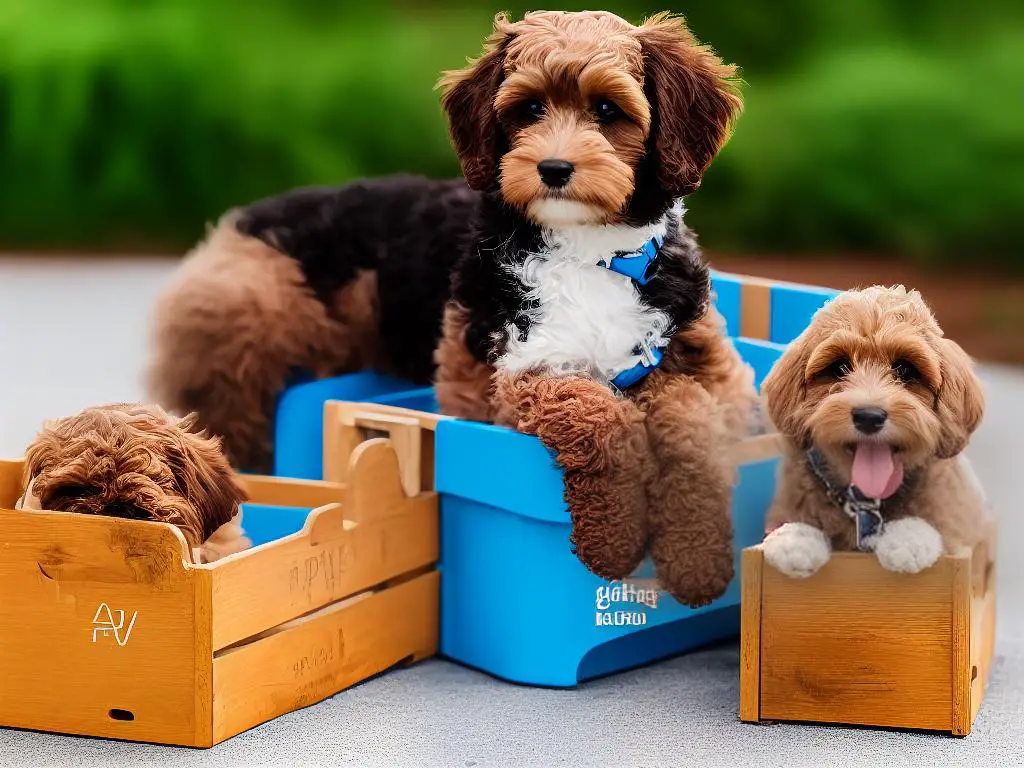
Basic Obedience Training
Teaching your Cockapoo basic obedience commands is essential for a well-behaved pet, a more enjoyable relationship, and a safer environment for both the dog and the people around it.1. Sit Command:
Step 1: Stand in front of your Cockapoo with a treat in your hand.
Step 2: Hold the treat close to its nose, and slowly move your hand up and back over its head. Keep your hand close enough that your Cockapoo must look up and back to follow it. Your dog’s bottom should naturally drop into a sitting position.
Step 3: As soon as your Cockapoo sits, say “sit” in a firm voice and immediately reward it with the treat and praise.
Step 4: Practice this command regularly over a few days and incorporate it into your daily routine.2. Stay Command:
Step 1: Ask your Cockapoo to sit.
Step 2: While it is sitting, hold out your hand with your palm facing outwards and say “stay” in a firm voice.
Step 3: Take a step back, and if your dog remains sitting, immediately return and reward it with a treat and praise. If your dog gets up, calmly say “no” and return it to a sitting position.
Step 4: Gradually increase the distance and duration of the stay. Always remember to reward your Cockapoo when it successfully stays in the position.3. Down Command:
Step 1: Have your Cockapoo in a sitting position.
Step 2: Hold a treat in your hand and slowly lower it to the ground, encouraging your Cockapoo to follow it with its nose.
Step 3: As your Cockapoo lies down to follow the treat, say “down” in a firm voice.
Step 4: As soon as your dog is completely in the down position, provide it with the treat and praise.
Step 5: Practice this command over several days to help your Cockapoo master it.4. Come Command:
Step 1: Stand a short distance away from your Cockapoo and hold a treat in your hand.
Step 2: Say your dog’s name and then say “come” in a firm, excited tone.
Step 3: When your Cockapoo comes to you, immediately reward it with the treat and praise.
Step 4: Gradually increase the distance between you and your dog while practicing this command.5. Leash Walking:
Step 1: Get a comfortable collar and leash for your Cockapoo.
Step 2: Have your dog sit and calmly put the collar and leash on.
Step 3: Begin walking with your dog on your left side. Keep the leash short but not tight.
Step 4: If your dog starts to pull or move in a different direction, stop walking and gently guide it back to your side, using verbal commands such as “heel” or “with me.”
Step 5: When your dog is walking nicely by your side, reward and praise it.
Step 6: Practice leash walking often and gradually increase the duration of the walk.Training Tips:
– Training sessions should be short and enjoyable. Aim for around 10-15 minutes at a time, several times a day.
– Always use positive reinforcement, such as treats, praise, and play, as a reward for following commands.
– Be patient and consistent with your commands. Remember that training takes time and repetition.
– Socialize your Cockapoo with other dogs, people, and environments to encourage its confidence and adaptability.
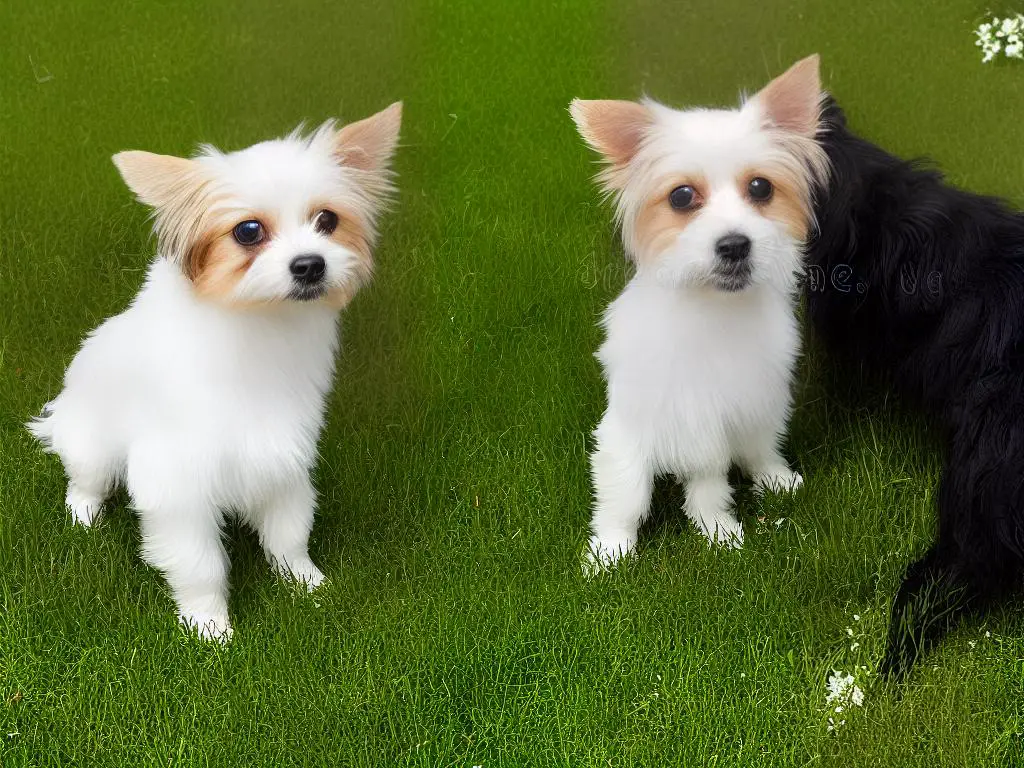
Advanced Obedience Training
To build upon basic training for Cockapoos, you will need to tackle advanced obedience commands like heel, place, and off-leash walking. These skills will require patience, consistency, and positive reinforcement to ensure your Cockapoo adopts these behaviors successfully.
Before starting, make sure your dog has mastered basic obedience commands such as sit, stay, and come. This will make it easier for your Cockapoos to transition into advanced training.
Heel
This command teaches your dog to walk closely by your side without pulling on the leash.
- Start by having your Cockapoo sit at your left side, with their head aligned with your left leg.
- Hold the leash in your right hand and a treat in your left hand, close to your dog’s nose to grab their attention.
- Say the command “heel” and begin to walk forward. Your dog should follow, keeping their head aligned with your left leg.
- As your Cockapoo maintains the correct position, praise and reward them with the treat.
- If your dog moves out of position, stop walking, and guide them back into the correct “heel” position before continuing.
- Practice this command regularly to reinforce the behavior.
Place
This command teaches your dog to go to a specific location and stay there until released.
- Choose an easily recognizable item to be your dog’s designated “place,” such as a mat, bed, or specific piece of furniture.
- Stand a few feet away from the designated “place” with your Cockapoo on a leash and have some treats ready.
- Say the command “place” while pointing to the designated area.
- Lead your dog to the designated “place” and encourage them to sit or lie down.
- Reward them with a treat and praise once they are on the “place” and in a relaxed position.
- Gradually increase the distance you send your dog to their “place” and practice regularly to reinforce the behavior.
Off-leash Walking
This skill allows your dog to walk off-leash while maintaining control and responsiveness to commands.
- Start practicing off-leash walking in a secure indoor area or a fenced outdoor area away from distractions.
- Remove the leash from your Cockapoo, but continue to hold it in your hand as if it were still attached.
- Practice walking around the area using the “heel” command to keep your dog by your side, rewarding them for maintaining the correct position.
- Begin incorporating “sit,” “stay,” and “come” commands while walking off-leash to ensure your dog remains responsive in this setting.
- Gradually move to areas with more distractions, always rewarding your dog for successfully following your commands off-leash.
- If your dog becomes distracted or unresponsive to commands, reattach the leash and continue practicing until they display consistent obedience.
Remember that advanced obedience training takes time and consistency. Be patient with your Cockapoo, and always use positive reinforcement to encourage desirable behaviors. As you continue your practice, your dog will become increasingly responsive to these advanced commands, helping you establish a strong bond and promoting a well-behaved and obedient pet.
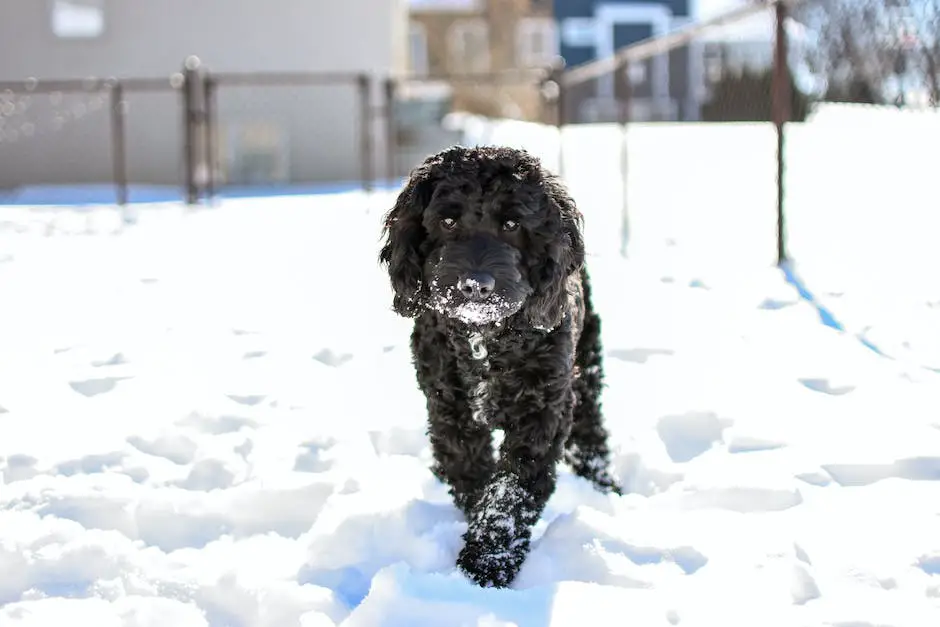
Behavioral Training
Cockapoo Behavioral Training: Addressing Common Issues (Barking, Digging, and Chewing)
Barking:
Cockapoos bark when they feel bored, anxious, scared, or attention-seeking. To reduce excessive barking, identify what triggers the barking and remove it. Train your dog to be quiet and reward them when they obey the ‘Quiet’ command. Ignore attention-seeking barking and seek professional help if needed.
Digging:
Provide designated digging areas for your Cockapoo and make sure they get enough exercise. Reinforce barriers and secure your yard if your dog is trying to escape. During hot weather, provide cool spots and toys to keep them entertained in the house.
Chewing:
Provide appropriate chew toys and puppy-proof your home. Train your dog to leave forbidden items alone with the ‘Leave It’ command and reward them with an appropriate toy. Provide plenty of physical and mental stimulation through playtime and training.
Conclusion:
Training your Cockapoo requires patience and consistency. Address the root causes of their bad behaviors, provide guidance, and seek professional help when needed.
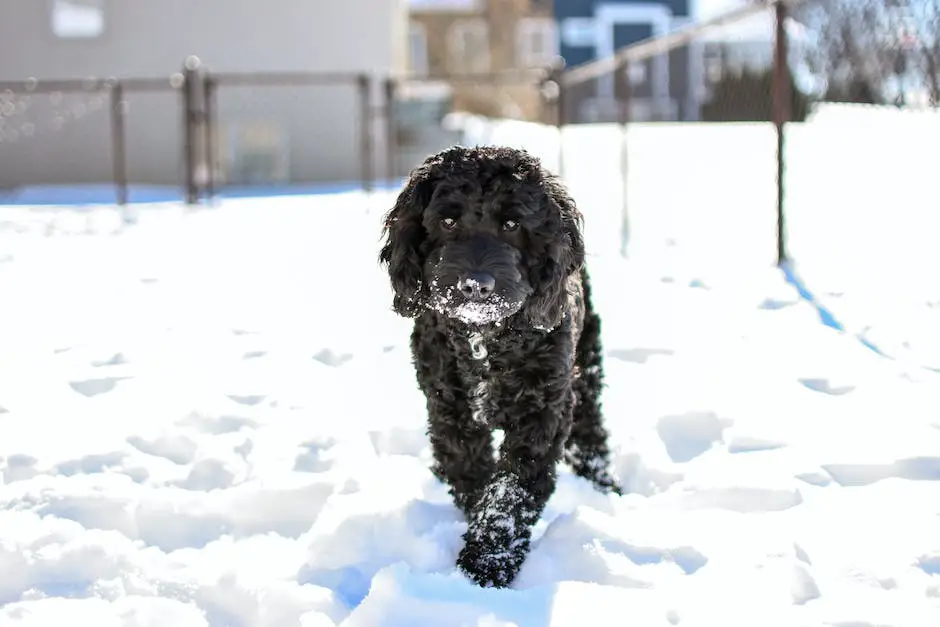
Trick Training
Cockapoos are intelligent, affectionate, and eager-to-please dogs. These qualities make them perfect for learning fun tricks. In this guide, we’ll cover how to teach your Cockapoo a variety of entertaining tricks like shake, roll-over, and play dead. Remember that patience and persistence are key – with some practice and positive reinforcement, your Cockapoo will be impressing your friends and family with new tricks in no time!1. Ask your Cockapoo to “sit.”
2. Hold a treat in your hand and present it to your dog, but keep it closed so they cannot get the treat.
3. When your dog tries to paw at your hand to get the treat, say “shake” or “paw” and open your hand to reward them with the treat.
4. Repeat the process a few times and eventually say the command without showing the treat.
5. Start using an empty hand to ask for the trick, and give the treat from your other hand.
6. Practice and reinforce this behavior until your Cockapoo can successfully perform the trick with consistency.1. Have your Cockapoo lie down on the floor or another comfortable surface.
2. Hold a treat near their nose and slowly move it towards their shoulder, encouraging them to turn their head and follow the treat.
3. As your dog follows the treat, their body should naturally start to roll. Use verbal encouragement such as “roll-over” or “good.”
4. Reward your Cockapoo with the treat and praise as soon as they complete the roll-over.
5. Practice the command and the motion, gradually reducing your physical guidance.
6. Repeat the trick numerous times to reinforce the behavior, and always reward and praise your dog when they successfully perform the trick.1. Begin by having your Cockapoo either sit or lie down.
2. Hold a treat near your dog’s nose and slowly move it towards their side, encouraging them to roll onto their back.
3. As they complete the roll, say the command “play dead” or “bang” and gently guide them to lie on their side.
4. Reward your dog with the treat and praise for laying on their side.
5. Gradually reduce the guidance and only reward them when they lie on their side after hearing the command.
6. Practice the trick multiple times with consistency and always give positive reinforcement when they succeed.
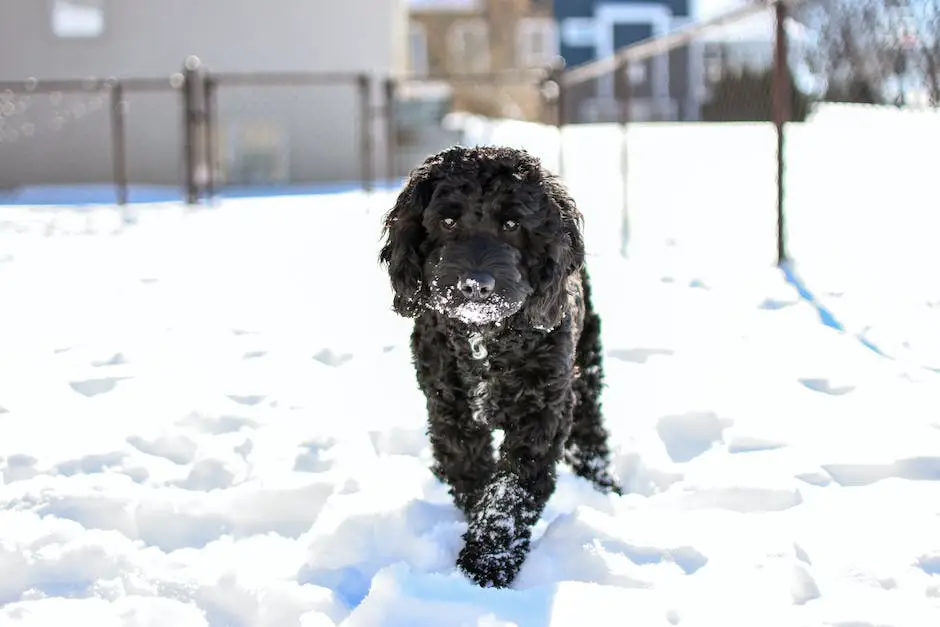
Agility Training
Agility training is a fantastic way to bond with your Cockapoo while also providing them with both mental and physical exercise. The following steps will guide you through introducing your Cockapoo to agility exercises such as jumps, tunnels, and weave poles.
- Warm-up and socialization: Start by warming up and socializing your Cockapoo with plenty of treats and praise. Allow them to explore the training area and equipment before you begin any training exercises.
- Introducing jumps: Begin with a low jump to ensure your Cockapoo is comfortable attempting the exercise. Stand on the opposite side of the jump, and use a treat and verbal encouragement to get your Cockapoo to jump over it. Increase the height of the jump gradually as your dog becomes more comfortable and confident.
- Introducing tunnels: To introduce your Cockapoo to tunnels, start with a short, open tunnel that they can easily see through. Place your dog at the entrance of the tunnel, and have a helper stand at the other end with a treat. Encourage your dog to enter the tunnel using verbal cues and treats. Once your dog is comfortable with a short tunnel, you can gradually increase the length and decrease the visibility until your dog can confidently navigate any type of tunnel.
- Introducing weave poles: Weave poles can be introduced gradually to ensure your dog’s success. Start with a set of two poles spaced far apart, and use a leash to guide your dog through the poles. Gradually decrease the spacing between the poles and increase the number of poles as your dog becomes more confident.
- Practice and consistency: Make sure to practice regularly, ideally at least a few times a week. Consistency is key when training new skills, so make sure to stick to your training schedule and maintain a positive environment, filled with praise and treats.
- Patience and encouragement: Cockapoos are intelligent and eager to please, but every dog is different. Be patient with your dog and offer plenty of praise and treats along the way. Agility training should be fun and enjoyable for both you and your dog, so keep a positive attitude throughout the process.
- Join an agility club or attend classes (optional): To further develop your Cockapoo’s agility skills and socialize them with other dogs, consider joining a local agility club or attending classes. This can be a great way to learn from experienced trainers and connect with other dog owners.

Therapy Dog Training
Are you an owner of a lovable Cockapoo? Do you want to share their warm, friendly character with people who could benefit from their amazing qualities? If so, you should consider training your Cockapoo to become a therapy dog! Therapy dogs work with their handlers in various settings, such as hospitals, schools, nursing homes, and more, providing comfort, companionship, and emotional support. Here’s a step-by-step guide to train your Cockapoo as a therapy dog and embark on this rewarding journey together.First, it’s important to understand the different roles therapy dogs can play and ensure you’re up for the commitment. Therapy dogs are different from service dogs and emotional support animals. They aren’t specifically trained to do tasks for a person with a disability; instead, they provide emotional support and a calming presence for multiple people in various settings. Volunteering with your Cockapoo can be a fulfilling and enjoyable experience, but it requires dedication, regular visits, and a strong bond with your dog.Before your Cockapoo can become a therapy dog, they’ll need to be well-behaved and obedient. Enroll your dog in basic obedience classes or work with them at home to master essential commands, such as sit, stay, come, and heel. It’s important that your dog can follow your directions and not get overly excited around new people and distractions.Cockapoos are generally friendly and affectionate, which is a great starting point for therapy dogs. However, your dog will need to be comfortable and well-socialized in various environments and with people of all ages and abilities. Expose your dog to different situations, like crowded areas, loud noises, wheelchairs, and other animals, to ensure they’ll be able to handle the varying stimulation they’ll encounter as a therapy dog.Once your Cockapoo has mastered basic obedience and socialization, consider enrolling in more advanced training classes to further refine their skills. This can include learning how to politely approach people in wheelchairs or hospital beds, remaining calm in high-stress environments, and handling unexpected situations. Focus on positive reinforcement training methods to build trust and confidence in your dog.To become an official therapy dog, your Cockapoo will need to pass a certification test from a reputable therapy dog organization, such as Pet Partners, Therapy Dogs International, or Alliance of Therapy Dogs. These tests will evaluate your dog’s temperament, handling skills, and ability to follow commands in a simulated therapy setting. You may also need to take a handler’s course and pass a background check to ensure your understanding of the responsibilities involved in therapy work.Once your Cockapoo has become a certified therapy dog, the next step is to find volunteer opportunities in your area. Contact local hospitals, schools, nursing homes, or community centers to inquire about their therapy animal programs. Ensure you and your dog meet any specific requirements for each facility, such as vaccinations, ID tags, or additional training.As a therapy dog team, you and your Cockapoo should continue learning and growing together. Attend workshops, conferences, and support groups to learn new skills and keep up-to-date with trends in therapy dog work. Regularly schedule time for training and consistent practice to ensure your dog’s skills remain sharp and effective in their therapy role.By following these steps and dedicating time and effort to training, your Cockapoo can become a successful therapy dog and improve the lives of countless people in need! Embrace the opportunity to share your dog’s warmth, compassion, and companionship with those who could benefit from their presence, and experience the joy and fulfillment that comes with making a difference together.

Maintaining Training and Consistency
Learning how to maintain and reinforce training throughout your Cockapoo’s life is crucial for ensuring continued success. By following these guidelines, you can ensure that your beloved pet stays obedient, happy, and well-behaved.1. Establish a daily routine: Dogs thrive on consistency, so make sure your Cockapoo has a predictable daily routine, including regular feeding times, walks, and playtime. This will help them feel secure and make it easier for them to understand what is expected of them.2. Consistent commands: Use the same commands consistently so your Cockapoo can quickly learn and understand them. Mixing up commands or changing them will only confuse your pet and slow down their progress.3. Reinforce good behavior: Praise and reward your Cockapoo for good behavior. Positive reinforcement, such as verbal praise, treats, or extra playtime, encourages your pet to repeat desired behaviors.4. Ignore bad behavior: When your Cockapoo displays bad behavior or disobeys a command, avoid giving them attention or treats. Instead, calmly and firmly repeat the command, and only reward them when they comply.5. Practice, practice, practice: Consistent training is key to maintaining good behavior in your Cockapoo. Make sure to practice obedience training regularly, even after they’ve mastered a command. This will help to keep their skills sharp and strengthen the bond between you and your pet.6. Socialize your Cockapoo: Exposure to a variety of situations, people, and other animals is crucial for your Cockapoo to learn how to behave appropriately. Make a point to take your pet to different environments like parks, pet stores, and pet-friendly cafes.7. Keep training sessions short: Short and sweet training sessions are more effective for a Cockapoo’s attention span. Aim for 10-15 minutes of training at a time, multiple times a day.8. Be patient and persistent: Stay positive and be patient with your Cockapoo during training sessions. Don’t get frustrated if they don’t understand a command immediately. Consistency and persistence will pay off over time.9. Enroll in a dog training class: Consider joining a local dog-training class or working with a professional dog trainer. These classes can help you learn new techniques, give you access to experienced trainers, and provide an opportunity for your Cockapoo to interact with other dogs.10. Adapt training to your dog’s age and ability: As your Cockapoo ages or faces any physical limitations, adjust your training methods accordingly. For elderly dogs or those with health issues, consider using gentler training methods or focusing on less demanding commands.Remember, maintaining training and consistency takes time and effort, but the payoff is a well-behaved, happy, and healthy Cockapoo. By following these guidelines and being patient, you’ll strengthen the bond with your pet and enjoy a lifetime of companionship.
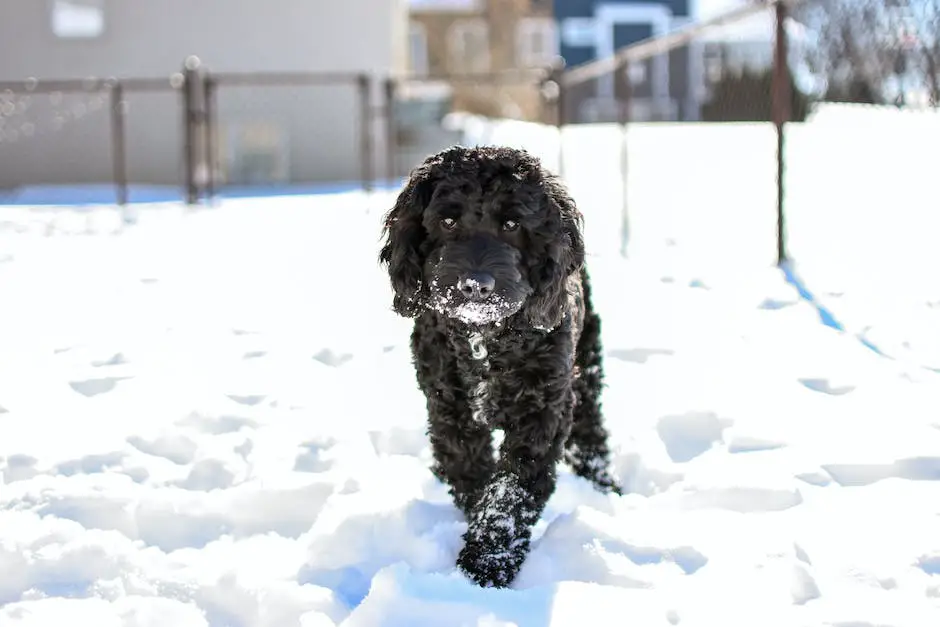
As a Cockapoo owner, you have embarked on an amazing adventure with a loyal, intelligent, and affectionate companion. Through diligent training and consistency, you can build a strong foundation of trust, communication, and obedience. Whether your Cockapoo becomes an agility competitor, a therapy dog, or just a well-behaved member of your family, the time and effort invested in their training will surely go a long way in enriching both of your lives. Happy training!
